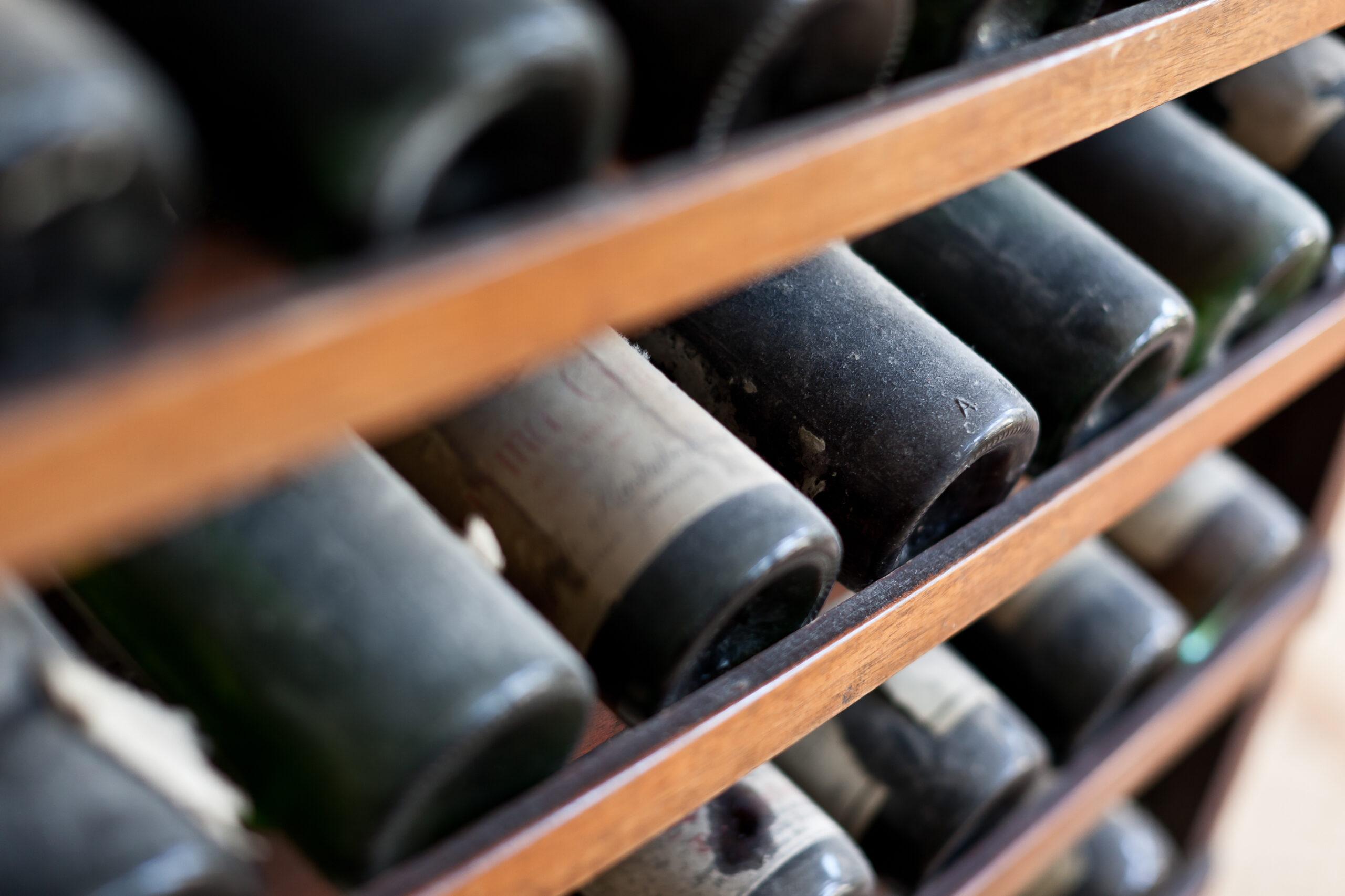Oenofuture is a leading fine wine investment company based in London with offices on mainland Europe. Below is a Q&A session with their founder, Daniel Carnio.
Q: Daniel, why don’t you start by telling what the fine wine investment market looked like a few years ago?
If we go back to the beginnings of the fine wine investment market centuries ago, Bordeaux has been a dominant player from those early years right up until 2012. At that point, in 2012, Bordeaux still constituted around 90 to 95% of the fine wine investment market.
Q: And how has the character of the fine wine market changed since 2012?
In 2012 there was a major shift in the market as Chinese investors began to turn away from acquiring expensive Bordeaux. As a result, Bordeaux’s share of the market has declined steeply as Chinese investors look for alternatives. Around two weeks ago Liv-ex, the London-based fine wine exchange, published an update showing that Bordeaux now accounts for around 60% of the market.
This means Bordeaux has lost a substantial share of the market which has been taken up by other regions like Burgundy and Champagne as well as Italian and New World regions.
Q: So why is this change so important for those looking to invest in fine wine?
As for any other type of investment, a fine wine investor needs to create a diversified portfolio. This is crucial to both spread the risk of their investment and to optimise their investment strategy. To create a diversified portfolio, investors will be acquiring wines from distinct wine regions, different vintages and wines which have differing ageing capabilities. Due to Bordeaux’s dramatic drop in market share, it is even more pressing for investors to seek out wines from these alternative regions.
Q: You mention that Bordeaux’s share of the fine wine investment market has declined significantly over the past decade or so. Which regions should investors be prioritising these days?
Well, thanks to improvements in wine production techniques and vineyard management, the overall quality of fine wine has improved tremendously. It is now possible to find fine wine from almost any corner of the world. For instance, China is now starting to produce investment-grade wines. This diversification is giving us investors the opportunity to find great investment opportunities in new and atypical regions.
We are recommending very strongly investment in Italian and Spanish wines, but an interesting insight to come from Liv-ex is that they have created a fine wine index for Californian wines. This demonstrates a significant shift and sends a strong signal to investors that we need to look beyond Bordeaux for covetable investment-grade wines.
Q: How has this development influenced your work with OenoFuture?
In terms of fine wine investment, I would say that this is a very exciting time since there are so many opportunities in other parts of the world. This is a key tenet of our philosophy here at OenoFuture. We focus on finding great investment opportunities from any region in the world which make sense in terms of return and performance. For our investors’ peace of mind, we do a thoroughly detailed analysis looking at previous performance and future projections before suggesting any wine to our clients.
Unlike many fine wine investment companies who are now starting to diversify and look to alternative regions, at OenoFuture we took the leap of deciding not to trade in Bordeaux wines from the beginning. Of course, we can acquire Bordeaux at our clients’ request, but our real strength is our insider knowledge of these alternative regions and their fine wine investment potential which puts us at the cutting edge of a fast-paced market.
Q: Is this focus on alternative regions set to continue?
I believe so as we are seeing more and more countries now producing top quality fine wines. For example, today China is making investment grade wines like the Ao Yun by the LVMH group which is produced from high altitude vineyards in Yunnan province. This wine has already proved to be very strong in terms of return on investment.
We are also seeing producers like Catena Zapata from Argentina starting to sell their fine wines from La Place de Bordeaux through 10 negociants. This is another marker of the evolution of the fine wine investment market which is rapidly expanding into new wine regions. Moving forward, alternative regions like Italy, Spain and the New World will remain the cornerstone OenoFuture’s diverse portfolio.




